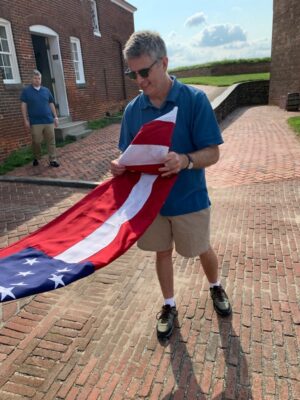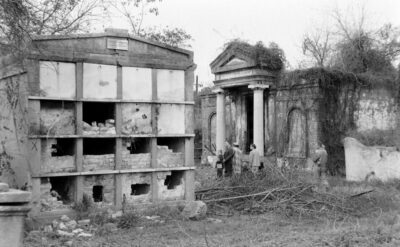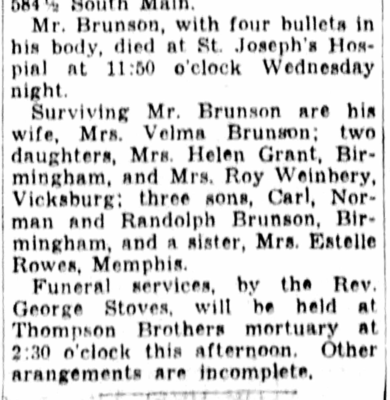I bought an I Series savings bond last year and then another one this year. Since they are indexed to inflation, they have been earning a lot, though ultimately you gain nothing in purchasing power. The rules for I bonds can be pretty complex, like anything involving the federal government. The bonds earn interest every month, but it seemed very odd that both of my bonds, bought 3 months apart and earning different interest rates, were worth exactly the same amount of $10,236.00 (both purchased originally for $10,000). One part of it is that the amount the US Treasury tells you is the value does not reflect the last 3 months of interest since you forfeit 3 months of interest if you redeem the bonds before 5 years (and you can’t redeem them at all the first year, so I guess they are worth nothing right now). I also thought it was odd that the bond value each month has always been to a whole dollar amount, though since my principle was a very round number of $10,000, maybe that isn’t entirely unlikely. However today I found out more about how they calculate the actual monthly interest and decided to make a spreadsheet to try to keep up with it instead of just checking in with US Treasury. I like that it is all based on rules and ultimately I was able to replicate Treasury’s numbers. It helps that I found a wiki page at Bogleheads that explained it, but I still had to do the calculations myself before I could really see what was happening. The really weird part of it is that Treasury calculates interest on any size bond as if it is a bunch of individual $25 bonds. Then they round off the interest earned on the $25 bond to the nearest penny. So if you were to earn 1.73% interest on $10,000 you might expect to end up with $10,173. But because a $25 bond would be worth $25.43, you earn as much as 400 $25 bonds, or 400 * $25.43 = $10,172. It’s only $1, but if you are trying to verify the numbers it might throw you. Since I have 400 $25 bonds and the interest on those $25 bonds is rounded to the penny, the value of my bonds will not only always be to the nearest dollar, but the nearest $4 since 400 * $0.01 = $4.00. Also, while the bonds earn interest every month, the interest is compounded every six months. So they calculate the interest on the original amount for 5 months before adjusting the principle on the sixth month (which is also when the interest rate changes). That is a little tricky too.
The other part is how to take out the most recent 3 months of interest. I was trying to think of a formula that would do it, but would be smart enough to be able to accommodate when the interest rate changes during that 3 months. But since I was calculating the value for every month anyway, it was easy to just say that today’s reduced value is the same as the full value from 3 months ago. Really easy. Once I did all of that I was able to regenerate the numbers, but a lot depends on the roundoff of the $25 bond.
The interest rate itself is always rounded to 2 decimal places and is based on the CPI-U numbers published by the Bureau of Labor Statistics. Since BLS publishes the inflation rate monthly and the last one before the bond rates change comes a couple of weeks before you can actually predict the rate that Treasury will use. The unknown part of Treasury’s rate announcement is the fixed rate that Treasury gives, but for years they have made that really easy by having a fixed rate of 0%. With interest rates still pretty low right now, but inflation very high, I thought Treasury might make the fixed rate negative, but they haven’t done that. Even during deflation when inflation is negative, the savings bonds never lose value and the earnings rate doesn’t drop below 0%.
There are other bonds that Treasury sells on the market called TIPS which are inflation adjusted, but because inflation is so high the yield determined at auction has been negative lately so that the true yield ends up below the inflation rate. TIPS are weird too because they only pay a dividend of the auction rate while the principle value of the bond varies with inflation, so the dividend you receive would be at least 1/8% (not negative since then you would have to send them money) and they apply the negative portion by reducing the principle. So you don’t get barely any dividend and the principle ends up not keeping up with inflation. The downside of the I bonds is you can only buy $10,000 in a calendar year.





